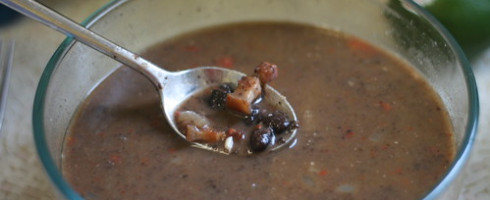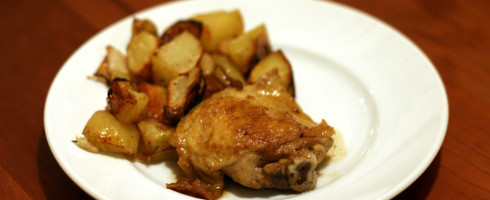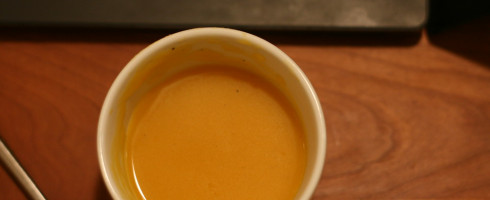After work, my pal Melanie and I decided to make pizza for dinner. We got some dough from Whole Foods (more on that later) and picked up a bunch of toppings, to add to things I already had in the house, as well as a healthy amount of wine. Talia and Ryan came by and we had a veritable party of pizza on our hands.
So, we originally planned on making 4 medium sized pies, but the dough from Whole Foods was way too cold to work with, so Talia (she’s a professional, y’all!) broke the dough balls up into smaller pieces and put them on top of the oven so they’d proof faster (she also taught me the term “proof”). After a while they were warm enough to roll out, stretch, top and finally bake.
I’ve made the dough myself before, and I’ve also bought it from my local pizza place. This was the first time I tried the dough at Whole Foods. It’s the same stuff they use for their prepared pizza in the store, and it’s very good. But it was more expensive (only by a dollar or so but still), and it was not immediately ready to work with, a huge problem as we were just off work and really starting to get hungry. When you go to a pizza place, their dough is proofed and totally ready to go. And it’s cheaper. And it’s probably more convenient than Whole Foods. Win-win-win! Glad I tried the Whole Foods dough, but probably not going to do it again.

So, on to the pies. First up, we had Caramelized Onions and Vinegar (which I’ve made before). For this, you make Bitty’s (can I call him Bitty? I saw Mario Batali do it on that terrible show they were on together and I kind of love it, but I’m not Mario Batali, so…) recipe for caramelized onions, and then stir in a tablespoon or so of good balsamic vinegar. This goes on the pizza, and the pizza goes in the oven. Do not underestimate this simple topping–it’s addictive.
Next was a more traditional pizza, at least by my provincial New York thinking. I had some tomato sauce with turkey sausage in it leftover from pasta dinner the night before, so we put that on the dough along with some smoked mozzarella. This was good. Very good. The smoked mozzarella was something I was not certain about, but it’s now going to be a fixture at every pizza party.
Then, a pesto pie. Once again, having pesto in the freezer ready to go is a godsend.
I just defrosted it, spread it on the dough, and then topped it with some sweet yellow grape tomatoes from the market. And some more smoked mozzarella. Again, delicious. What’s not to like?
The last pie was olives and rosemary and a bit of olive oil. It was good, but certainly not the favorite of the night. Following that one, we started experimenting, making one with just olive oil, and another with a bit of parmesan and the leftover smoked mozz. Really, the main thing here is that you can’t really go too wrong, and you should try anything that suits your fancy. There’s about 30 variations in How to Cook Anything, and many more than that if you’re feeling creative. Have a pizza party today. If you buy the dough pre-made, it’s actually a pretty quick meal, and you don’t need all the crap everyone tells you that you MUST have, like a peel and pizza stone.


































